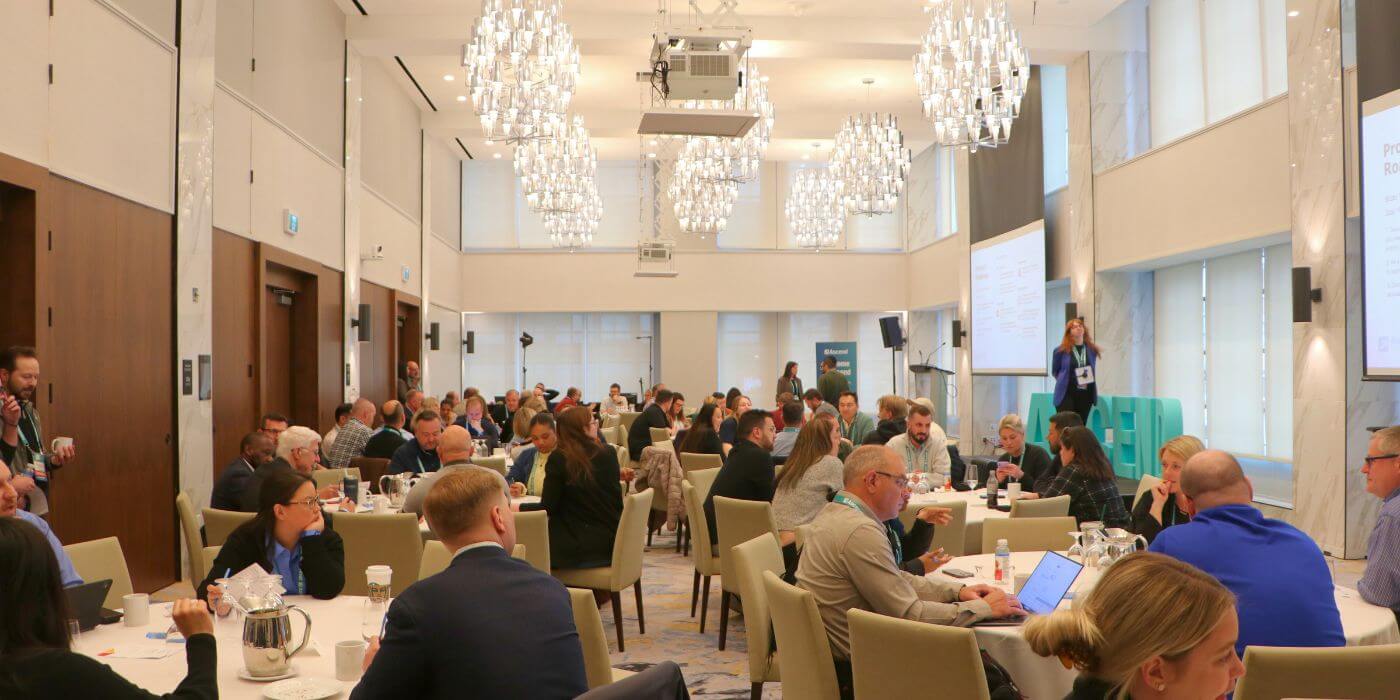“We’ve never had this kind of conversation before.”
That comment came from an attendee during a breakout session at Ascend 2025, and it stuck with me. It captured what made this year’s event different — not just in content, but in tone.

Ascend felt less like a conference and more like a working session. Practitioners shared what they’re up against — the friction, the gaps, and the workarounds — and what they’ve done to move things forward. These weren’t hypothetical best practices. These were real-world fixes from leaders managing high-risk responsibilities with lean teams.
Here’s what stood out.
Teams need tools that clear the way, not slow them down
Most of the teams in the room were small. A few people doing a lot, managing complex issues across multiple functions. Despite the limitations, they’re making real progress.
One session featured a global manufacturer that built a speak-up culture from the ground up. They emphasized trust — through regular employee training, transparent follow-ups, and measured resolution timelines. Their results included a measurable increase in report volume and faster resolution of workplace issues.
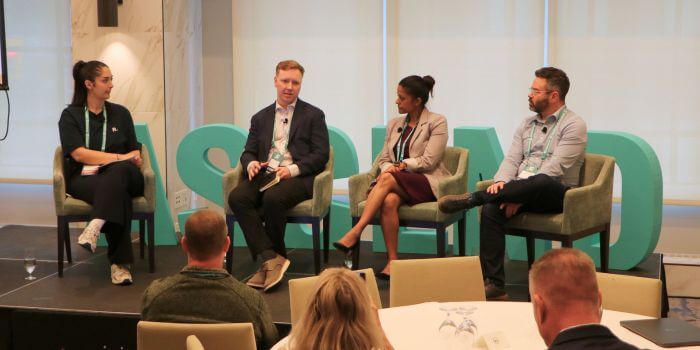
Other use cases brought different, but equally tactical, ideas:
- A mining company that gathers frontline feedback and updates intake forms every quarter based on it.
- A municipal team using policy heatmaps to guide how and when incidents are escalated.
- A global organization that mapped region-specific labor and privacy laws into localized investigation workflows.
Each of these teams had a strong sense of how their environments function. Their biggest constraint wasn’t people or expertise. The challenge was finding tech that accelerates their work instead of slowing it down.
Everyone wants better data. What they really need is context.
We heard this again and again: reporting is slow, fragmented, and hard to act on. Attendees described jumping between spreadsheets, inboxes, and shared drives just to put together a report or leadership deck.
What they asked for wasn’t more data. They needed:
- A single view of incident trends and patterns
- Real-time visibility by site, region, or business function
- Structured reporting that supports operational and executive-level decisions
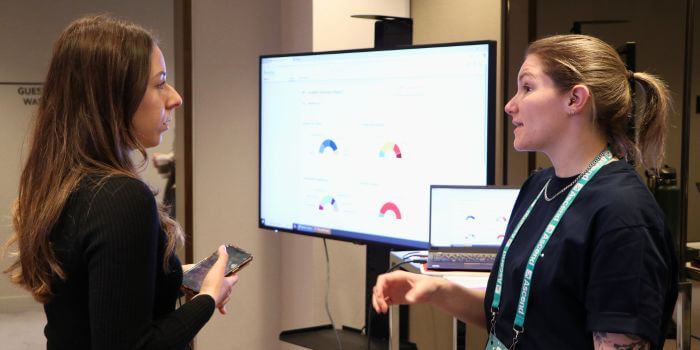
They didn’t just want a report. They wanted confidence — to know which sites are struggling, which teams are overloaded, and where to step in before something escalates.
Several teams said they’ve started using Resolver to consolidate fragmented workflows without having to rebuild everything. For them, success looked like fewer delays, fewer questions about data accuracy, and a clearer path to acting on what matters.
Collaboration makes or break incident response
Security, legal, compliance, and HR are often working from different timelines, systems, and expectations. When they come together late in the process, it creates risk — and it’s harder to recover from it.
One public sector team shared how they reframed certain incident types as early warning signals, not just discrete events. This shift allowed them to involve other departments faster, and improve how cases moved across teams.
Several attendees echoed that sentiment. They’re building shared intake forms, joint triage flows, and role-based access rules that ensure the right people are looped in from the start.
The tools are only part of it. What matters most is creating a workflow that reflects how people actually get things done.

Putting automation to work where it matters most
During the product roadmap session, we previewed Resolver’s latest automation features — and the feedback in the room was clear. Teams want to spend less time hunting down attachments, piecing together timelines, and tracking updates across multiple tools — and more time actually closing the loop.
Here’s what teams responded to:
- AI-powered intake that listens for context, adapts questions based on what’s submitted, and avoids asking irrelevant or redundant questions
- Auto-triage that identifies severity and urgency, tags reports, and routes them to the right teams — with no manual review needed
- Smart pattern detection that surfaces related incidents and connected context, especially useful across large or global organizations
- Operational playbooks that assign tasks based on incident type and SOPs, ensuring consistent response across shifts, teams, and locations
One conversation that stood out was how Playbooks are helping teams close the frontline training gap. As turnover rises and contract quality varies, having repeatable, automated response plans is no longer a nice-to-have — it’s a baseline requirement.
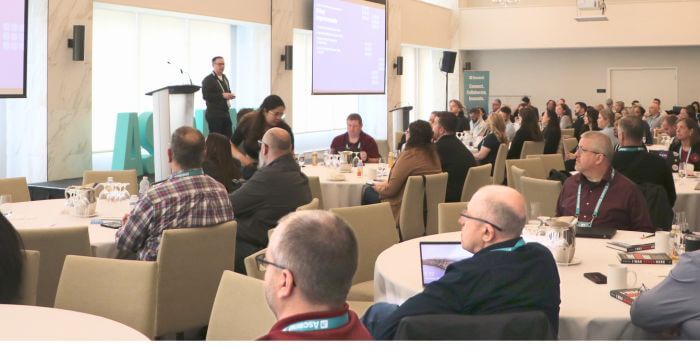
One attendee estimated a savings of 400+ hours annually just by removing manual intake and routing work. But it’s not just about time saved. It’s about consistency, audit readiness, and knowing that high-priority reports won’t fall through the cracks.
This approach to automation is designed to reduce friction, improve visibility, and support your team where judgment matters most. What really landed with the room wasn’t just the features — it was how quickly people could see them solving problems they’ve been stuck with for years. From cluttered inboxes to triage delays to missed follow-ups, the reaction wasn’t hype. It was relief.
What makes Ascend different: The power of the Security & Investigations community
The community dynamic at Ascend was the highlight. People didn’t just share wins. They talked through what’s messy, what didn’t work, and what they’re still figuring out.
If you want a snapshot of where the industry’s at, sit in on a roundtable. The questions weren’t about future trends, but about real bottlenecks happening right now. How do we make forms smarter? How do we route faster? How do we prove what worked? That’s where the conversation stayed. Practical. Focused. Valuable.
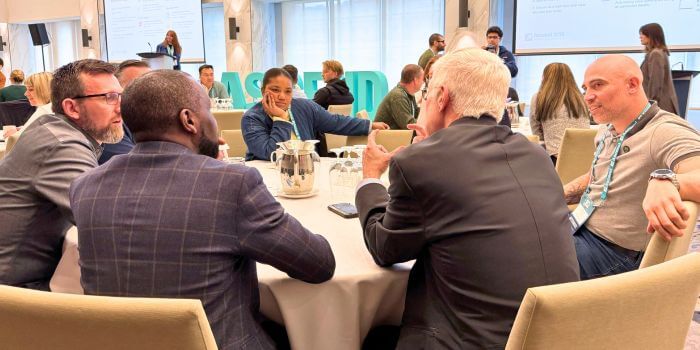
One attendee walked the group through a case that hadn’t gone well. Within minutes, others from different sectors jumped in to offer practical suggestions, share similar experiences, and outline changes they’d made.
That kind of exchange doesn’t happen in webinars or documentation. It only happens when experienced professionals sit down together to figure out what’s worth changing — and how to do it without adding noise.
As one participant put it during the final session: “Over the past two days, I’ve built new connections with people I can learn from and lean on.” That kind of connection — grounded in shared experience and mutual support — is what made Ascend stand out.
Final thought
Security and investigations teams are under pressure to do more — with tighter staffing, faster timelines, and rising expectations. The core challenges haven’t changed, but the pace and complexity have.
At Ascend 2025, we heard where things are breaking down, and where Resolver is helping teams push through:
- Cleaner intake with fewer steps, so reports start strong and don’t need rework later
- Triage that runs itself, so teams can focus on what matters instead of tagging and forwarding
- Shared workflows that match how departments actually work, not how software assumes they should
- Live reporting that cuts through the noise, helping leaders spot what’s shifting — and act fast.
This isn’t just what we’re building — it’s what teams asked for, tested, and helped shape. And while tools matter, what matters more is the trust we’ve built with the professionals doing this work every day.
You could see the trust in the way people showed up — honest about what wasn’t working, sharp about what needed fixing, and open to sharing what they’d already figured out.
Thanks to everyone who joined the conversation at Ascend. Let’s keep pushing forward.
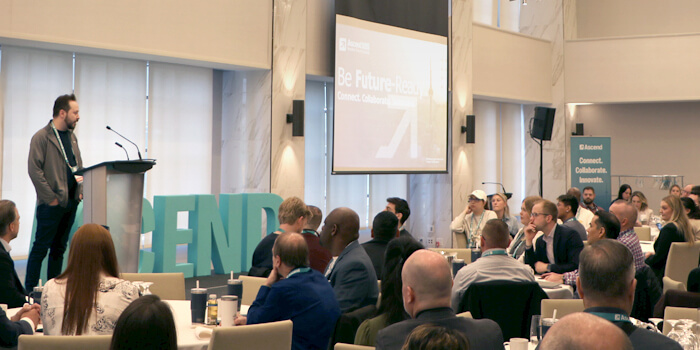
About the author: Artem Sherman leads Resolver’s Security & Investigations division, bringing over 20 years of hands-on experience in corporate security and investigations. He’s passionate about eliminating bad admin, building tools that match how real teams work, and helping security leaders focus on what matters. Artem regularly shares field-tested insights through industry panels, webinars, and customer forums.

